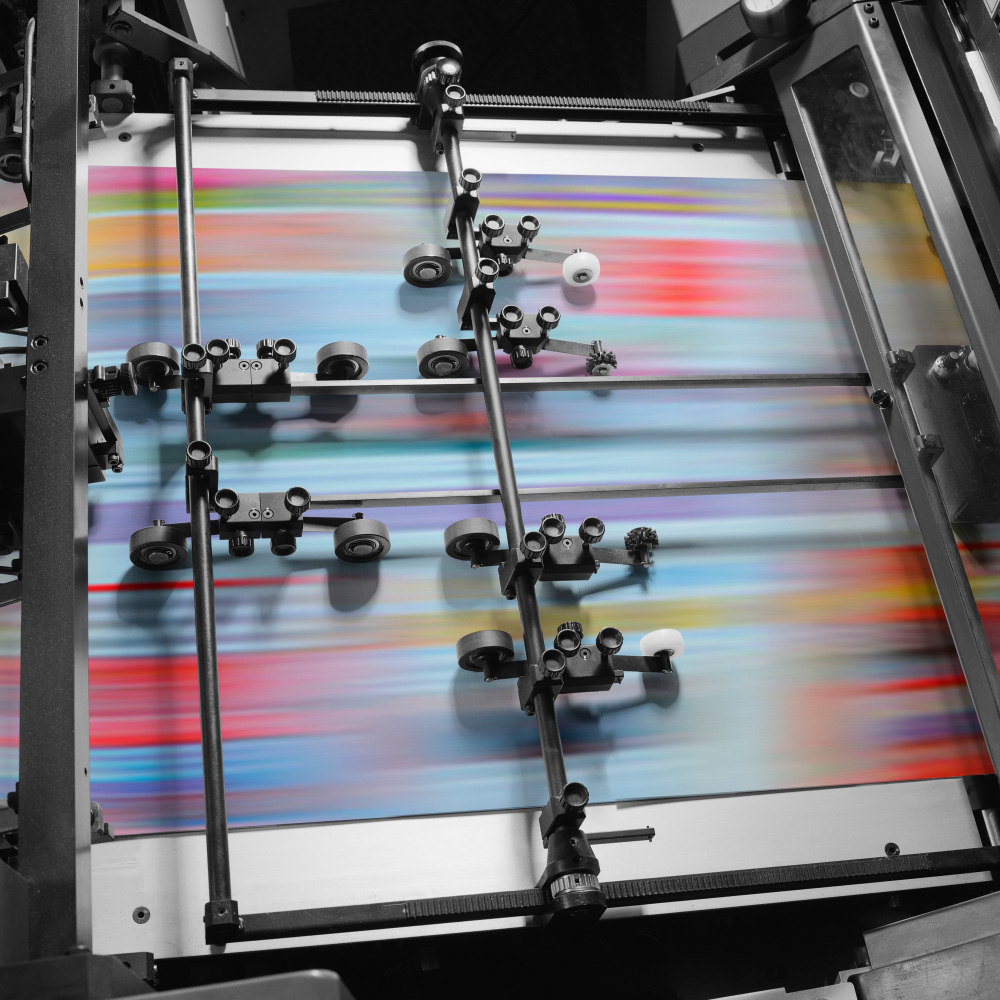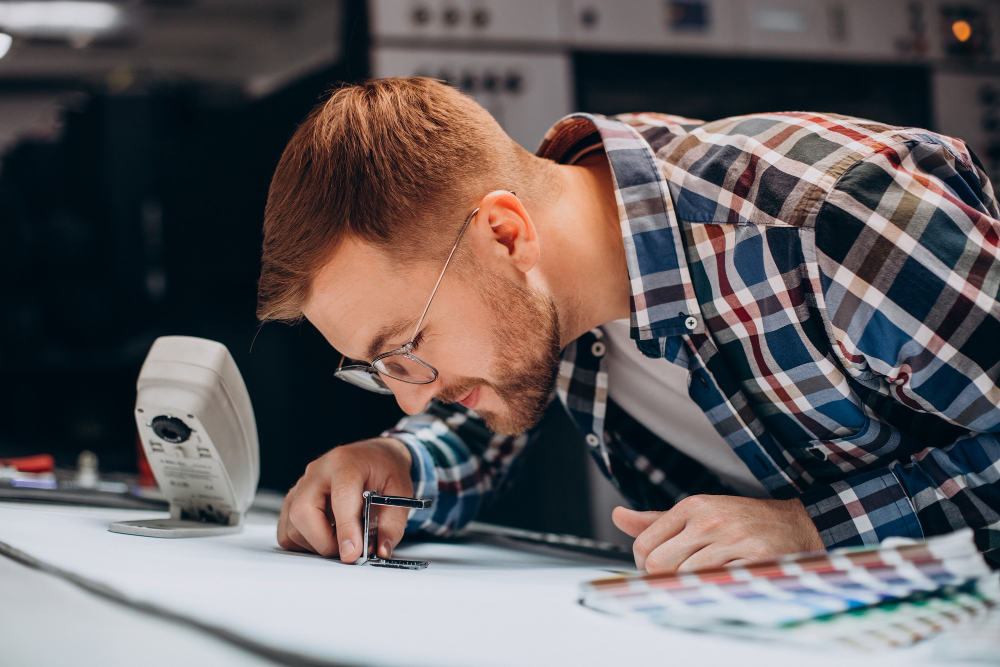
Raw Materials Used in Paper Plate Production
The raw materials used in the production of paper plates must meet requirements such as durability, food contact safety, and environmental friendliness. Here are the main features that the raw material should have for paper plate production:
- Food Contact Safety
- Since paper plates are used in food service, the raw materials must be food-grade and free from harmful chemicals or additives.
- Raw materials with food-grade certifications ensure safe usage.
- Durability and Leak Resistance
- Plates must be durable enough to hold both hot and cold food. Therefore, the paper used should be high-quality and high-grammage.
- To prevent the passage of oil, water, or other liquids, one side of the paper is usually coated with polyethylene (PE). This coating provides leak resistance.
- Eco-Friendly and Biodegradable Properties
- To ensure environmentally friendly production, the paper should be biodegradable and recyclable. Compostable or naturally decomposable coatings offer eco-friendly options.
- It is preferred that the raw materials are made from FSC-certified paper sourced from sustainable forests.
- Adequate Thickness and Rigidity
- Paper plates must have a high load-bearing capacity. Therefore, the paper used should have sufficient thickness and rigidity. Typically, paper in the range of 200–400 grams is used.
- High-quality raw material ensures the plates are resistant to weight and maintain their shape.
- Easy Processability
- Flexible raw materials, printability, and ease of shaping accelerate the production process. This allows the plates to be easily formed and packaged in automatic machines.
These properties ensure that paper plates reach users in a safe, durable, and eco-friendly manner. Choosing the right raw material is critical for production quality and product safety.
How Are Maintenance and Repairs Carried Out on Paper Plate Machines?
Maintenance and repair of paper plate machines are essential to ensure the production line operates efficiently and without interruption. Regular maintenance extends the machine’s lifespan, reduces failure rates, and prevents disruptions in the production process. Here’s an overview of the maintenance and repair process for paper plate machines:
- Regular Maintenance
Routine maintenance should be performed at scheduled intervals to ensure proper machine operation and prevent potential malfunctions. This includes:
- Cleaning: Machine parts, especially surfaces that come into direct contact with paper, must be cleaned regularly to prevent buildup of paper dust, ink, or other residues.
- Filters, feed lines, and rollers should be cleaned.
- Lubrication systems and moving parts should be cleaned and lubricated if necessary.
- Lubrication and Fluid Refilling: Moving parts must be lubricated regularly to reduce friction and prevent wear.
- Oil levels should be checked and replenished with suitable lubricants.
- Parts Inspection: Moving parts, gears, rollers, motors, and sensors should be checked. Any worn or damaged parts must be replaced.
- Hydraulic and Pneumatic System Checks: Hydraulic or pneumatic systems must be checked for proper operation, and any leaks or wear must be addressed.
- Periodic Inspections
Periodic inspections should be carried out for larger and more complex systems. These inspections include the following:
- Electrical System Checks: Electrical panels, cables, circuits, and connections must be checked for short circuits or loose connections.
- Printing System Checks: Ink levels, printing presses, and printing plates must be inspected. Proper alignment is necessary to maintain print quality.
- Forming Mechanism: The molds and cutting units used for shaping plates must be regularly inspected. Cutting blades, presses, and molds may become dull over time.
- Emergency Repairs
Sudden breakdowns may occur. In such cases, follow these steps:
- Fault Detection: If the machine fails to start, identify the cause through error codes on the control panel or simple visual checks.
- Spare Part Supply: Identify faulty parts and obtain replacements. Ensure spare parts are original and compatible for efficient operation.
- Repair: Faulty components should be repaired or replaced. Electrical, mechanical, or software issues must be resolved by qualified technicians.
- Testing and Restarting: After repair, the machine must be tested before resuming production to ensure everything works properly.
- Spare Parts Scheduling and Management
The most common spare parts for paper plate machines include:
- Printing rollers and cylinders
- Cutting blades and molds
- Motors and gears
- Electrical components (sensors, switches)
- Lubrication and hydraulic system parts
These spare parts should be regularly procured and kept in inventory.
- Operator Training and Awareness
Operators must be trained in basic maintenance procedures. This helps them operate the machines correctly and detect minor issues early.
- Advanced Maintenance
Advanced maintenance is performed using sensors and IoT (Internet of Things) technologies. These systems monitor the machine and provide early warnings about possible failures, minimizing production downtime.
Regular maintenance and timely repairs of paper plate machines improve production efficiency, reduce downtime, and extend machine life. Maintenance should be carried out by professional technicians and must comply with occupational safety regulations.









































